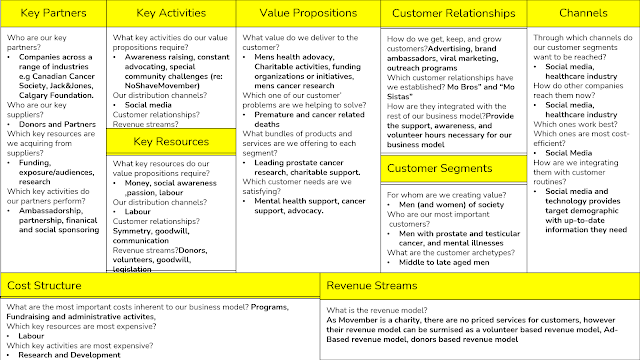The Movember Foundation SWOT Analysis
Strengths: Longevity: Has existed for almost two decades Access to large capital: raised over $800 million in funds Social clout: Cultural capital, popularity of #NoShaveNovember Charitable status: recognized as a legal charity Socially responsible: not FBL-oriented and very transparent Weaknesses: Reliance on trends to boost membership (donations) Fluctuating operating costs: Not a good look to the public Volatility: Donations account for over 90% of their revenue Opportunities: Heighten global collaboration: form partnerships with more corporations Chance to increase membership participation Break-throughs in prostate cancer research Threat: Possibility of increased prostate and testicular cancer deaths in men Undiagnosed mental illnesses in men Lack of reach to certain demographics
